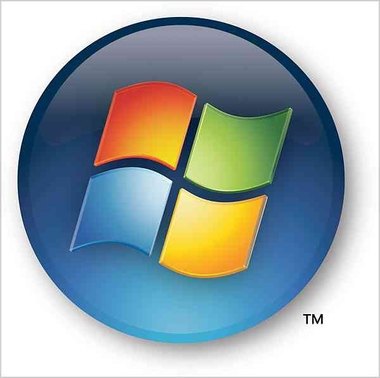Remote Desktop
One of the fastest ways to get Windows running on a Mac, especially if you already have an installation of Windows (XP, Vista, or 7 Pro or higher) is to use the free Microsoft Remote Desktop Connection application that is available for your Mac. You will need to do some initial configuration, like making sure that your Windows PC is accessible through a firewall and allows for remote desktop connections. To allow remote desktop connection on Windows do the following:
XP
Windows Vista/7
If you are on a local area network with the Windows computer that you just allowed to be remotely accessed, all you need is the computer’s IP and that it be turned on to access it from the Remote Desktop Connection application from Microsoft. Simply enter your IP, click connect, and you are good to go.
Virtualization
If you don’t want to remotely access your PC, keep Windows with you on your Mac, and have the ability to use your Windows apps next to your Mac apps, then virtualizing Windows inside of OS X is the way to go. There are a handful of great virtualization suites out there including Parallels Desktop ($79.99) and VMware Fusion ($49.99). But, if you want virtualization done for free, you may want to look into VirtualBox that was originally created by Sun and is now owned by Oracle. Virtualization is a great way to use Windows on your Mac but can be a little bit of a bear to setup, especially if you aren’t familiar with virtualization at all. The process basically includes installing the virtualization software, creating a new virtual machine, and then installing Windows on the new virtual machine. The creation of the virtual machine (especially with Parallels and VirtualBox) is pretty straightforward. Where you can run into issues with the virtual machine is when you are trying to virtualize certain hardware components and setups, but for most users, they will never have to touch these options. Another thing about virtualization is that you will need a valid license and installation media for the version of Windows you want to install. Probably the hardest part of virtualizing Windows on a Mac is installing Windows on the virtual machine. If you have installed Windows before with succes, then this won’t be an issue, but for those that have never installed Windows, it could pose a problem. Luckily there are some great tutorials for installing Windows from the Microsoft Support Site. Also, since Windows Vista, the installation process has become much easier.
Boot Camp
While virtualization is a great way to use your Windows apps alongside your Mac apps, some power users may want the full power of their Mac hardware to run Windows. For this type of user I suggest using Apple’s Boot Camp to install Windows on a totally separate partition on your Mac. This gives you the ability to boot into either OS X or Windows when you turn your compter on. The benefits of using this type of setup is that you get to use the power of your Mac to run Windows, rather than using a less powerful virtual machine because it doesn’t have to share resources with the “host” operating system. Also, using Windows 7 natively on a Mac is pretty great and can prove to be a better user experience than most of the high-end PCs that are available. The installation guides for Boot Camp can be found here on Apple’s support site. Just choose the installation guide that is applicable to your Mac to make it happen. Once again, you will have to know how to install Windows natively and have a valid Windows license and installation media to get this to work.
Go forth, you cross-platform warrior
Now that you have the ability to use Windows on your Mac you can use pretty much all the software in the world. Pretty awesome, huh? You can now turn into a cross-platform, Windows on Mac warrior.
Resources
Remote Desktop Client for Mac Install, reinstall, or uninstall Windows Parallels Desktop VMware Fusion VirtualBox Apple Mac OS Manuals
